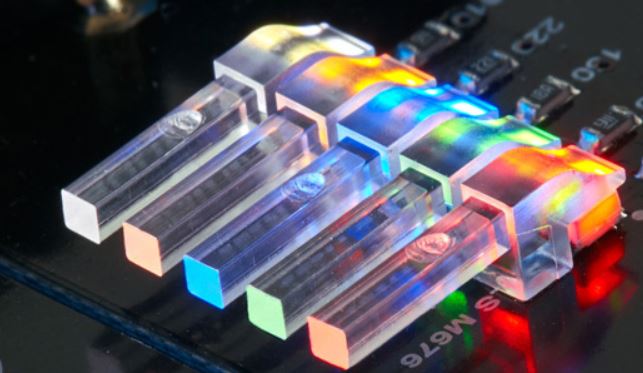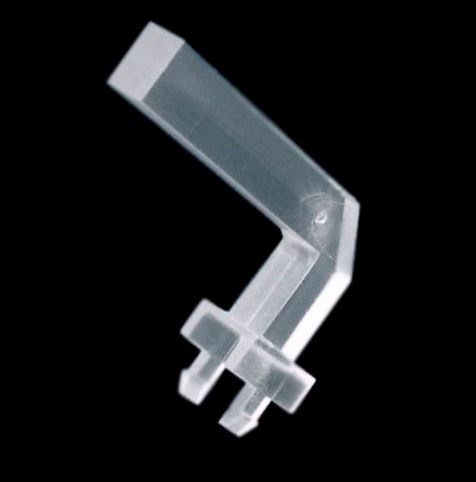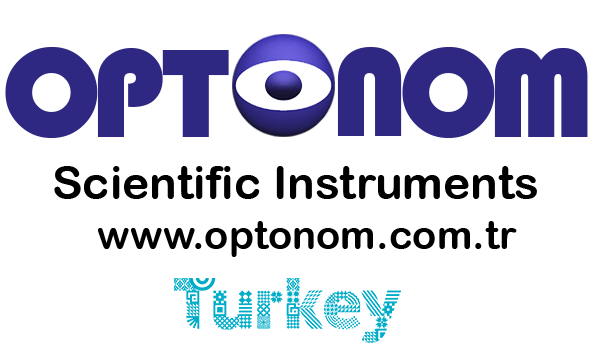Light Pipe and Light Guide Turn-Key Solution Partner

Custom Made Light Guides and Light Pipes
Are you looking for Turn-Key solution partner for light pipes and Light guides for your lighting project? Please contact with us for competitive turn key solutions from optical design to mass production.
Optonom can assist you to realize your project related to optical light pipe needs from optical design until prototype and mass production. Light guide is an optical fiber or a solid transparent plastic rod for transmitting light lengthwise Light pipes are clear tubes that transmit light from a light source, such as an LED to a user interface. Designed to carry light short distances with high efficiency, light pipes can bend light around corners and tight spaces delivering excellent visual indication with minimal loss of light intensity.
Advantages of Light Guide Technology
Design: thinness of the product, fits in tight spaces, efficient
Performance: uniformly lit appearance
Cost: cost savings in energy consumption.

Material Selection for Light Guides and Light Pipes
Light guides are usually made of glass or plastic, which typically have an index of refraction around 1.5. Light that is injected into the light guide within the correct range of angles becomes trapped inside the guide because of a phenomenon called total internal reflection, or TIR. Once trapped, the light remains inside the guide until it is extracted by an extraction feature, is fully absorbed by the material, or encounters a surface at less than the critical angle.


Light guides are used to distribute light from the source to a particular area that requires illumination. They are made up of a transparent material (glass or plastic) and thin filaments and are capable of transmitting light signals though internal reflections.
Light guides are used to homogenize light emerging from one or more light sources. By allowing light to travel down the length of a guide while reflecting off the sides, the light is “mixed,” and the light emerging from the end of the light guide is spatially and angularly uniform.
If the purpose of the light guide is to extract light along the length of the guide, then the designer can use extraction features along the length of the guide. These features can take many forms, but some of the more common features are paint dots and small, prism-like structures cut into the guide often referred to as textures, shown in the figure below. These extraction features change the direction of the light that strikes the feature, breaking the TIR cycle and extracting the light from the guide. By varying the density or size of the extraction features, it is possible to achieve uniform light output or even a desired pattern from the light guide. With some textures, it is also possible to control the direction of the light that exits the light guide.
Light guides do not have to be long and straight. They can be bent into complicated shapes. They can taper or flare or change their cross-sectional shape as desired. They can take on very complicated shapes that are often used to light up automotive instrument panels, automotive exterior lighting applications, and keypads on hand-held devices.
Some of the most important light guides are flat sheets used to light up flat-panel displays for televisions, monitors, watches, etc. These types of light guides are thin, flat sheets of material with extraction features molded into one face. Light is injected into the light guide from one or more edges, usually with LEDs. By carefully distributing the extraction features, the desired output pattern, which usually uniform, is achieved. Because of the complexity of the system, illumination design software is required to optimize the texture placement to achieve the desired light distribution.
The firm Optonom Scientific Instruments provides ability to conduct optical projects professionally for national and international companies, institutions or individuals by design, engineering and manufacturing are provided with consultancy services. Being representative of TracePro, OSLO and RayViz software is creating big difference for technical knowledge. Particularly Optonom is actively working on designing and producing innovative light guides and light pipes for the several different LED lighting sector.
For technical document click here

.png)
